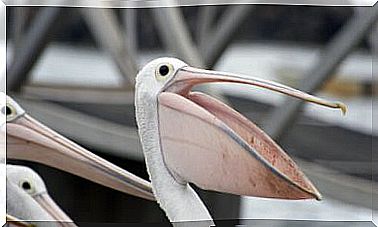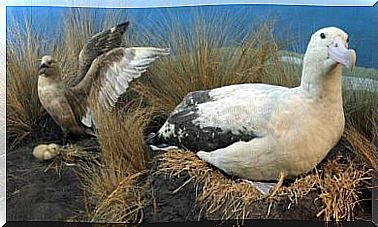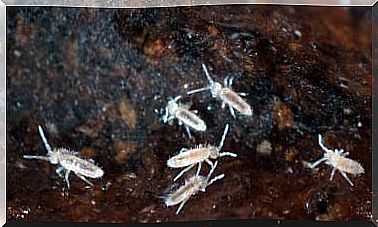Five Endangered Marine Species
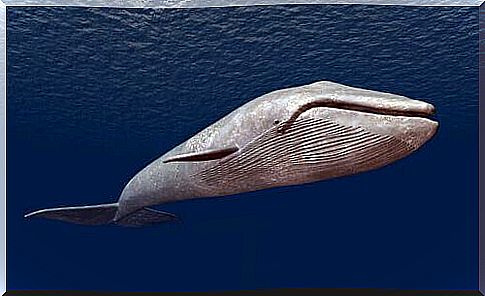
Global warming and the destruction of the natural habitats of our planet’s marine species have unfortunately affected its biodiversity for years. Rising temperatures particularly affect creatures that live in the ocean. This listing will help you become familiar with marine species that may not be with us for years to come.
The blue whale, an endangered giant
Weighing 200 tons, roughly that of 33 elephants, the blue whale is the largest mammal on the planet. According to the ” World Wildlife Fund”, it is estimated that there are currently only between 10 thousand and 25 thousand specimens in our oceans.
The blue whale population was hit hard in the 20th century when indiscriminate whaling became popular. Although it has been banned since 1966, many die when caught in fishing nets or when hit by large ships.
the sea turtle
Indonesia is currently home to around six different species of sea turtles, as its climate and coastline are ideal for spawning. This zone also provides access to migratory routes from the Pacific and Indian oceans. The World Wide Fund for Nature is working in the Papua area to help these species.
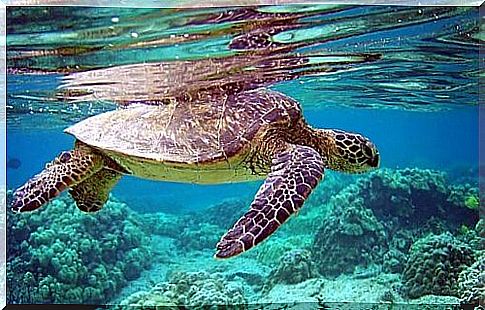
The populations of these six species, however, are classified as vulnerable, threatened or critically endangered, according to the Red List of the International Union for the Conservation of Nature. The main threats faced by these reptiles are the destruction of nesting areas, illegal hunting and uncontrolled overexploitation.
The vaquita, one of the marine species about to disappear
The vaquita, scientifically named Phocoena sinus, is the cetacean rarest on the planet. This species is on the verge of becoming extinct, despite having been discovered just 60 years ago. The International Union for the Conservation of Nature’s Red List declares it to be in critical danger.
In 2015, the population of marine vaquitas was only 97 individuals. In 2017, 67% of the population perished and currently we only have less than 40 copies worldwide.
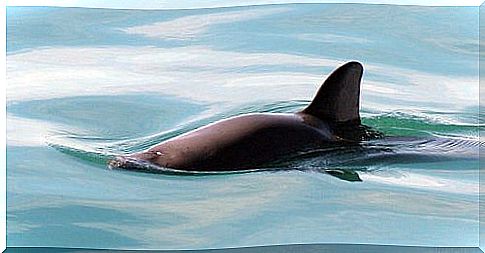
The main cause of the almost total disappearance of these cetaceans is the use of drift nets and invisible curtains that float on the water and kill thousands of creatures.
The Irrawaddy Dolphin
This species looks totally different from a conventional dolphin. It lives on the coasts and estuaries of the Irawadi River, also in areas near the Ganges and Mekong Rivers, in Southeast Asia. However, it is not a freshwater dolphin. Its skull, rounded and lackluster, like a melon, is one of its most distinctive features.
This species has a life expectancy of about 30 years and is usually a slow swimmer. The lack of legislation resulted in only 85 remaining copies in the area of the Mekong River.
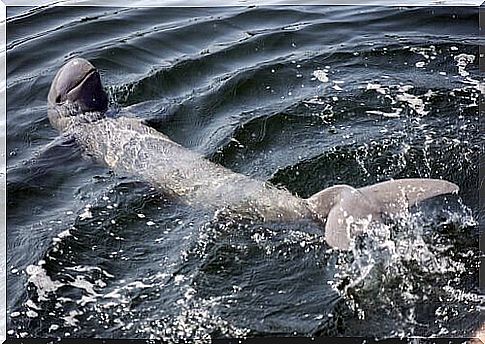
Electric fishing and the use of poisons are estimated to be the main causes of this species also appearing on the Red List of the International Union for the Conservation of Nature.
the moon fish
This is also one of the marine species that are difficult to be studied and monitored, due to the rarity and scarcity of specimens. Also called a soft fish, its appearance is similar to that of a large head with fins. It can measure up to three meters in length and weigh between 247 and 2,000 kilos.
Their habitats span the Pacific, Indian, Mediterranean and Atlantic oceans. The largest populations are concentrated in Indonesia and the coasts of Southern California.
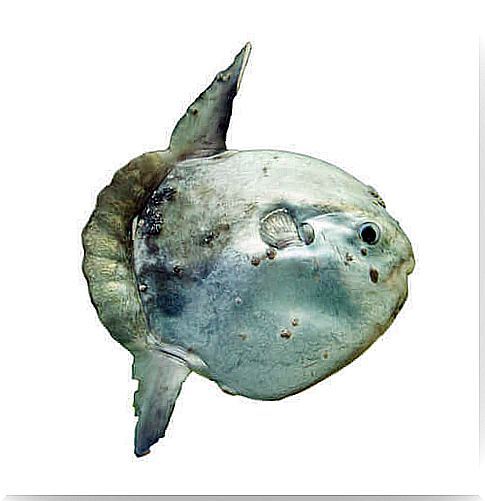
Although this species is very fertile, and has yet to appear on the International Union for the Conservation of Nature’s red list, its population is decreasing day by day.
However, we are faced with the problem of human fishing methods, such as the aforementioned driftnets, which kill thousands of marine species each year.
